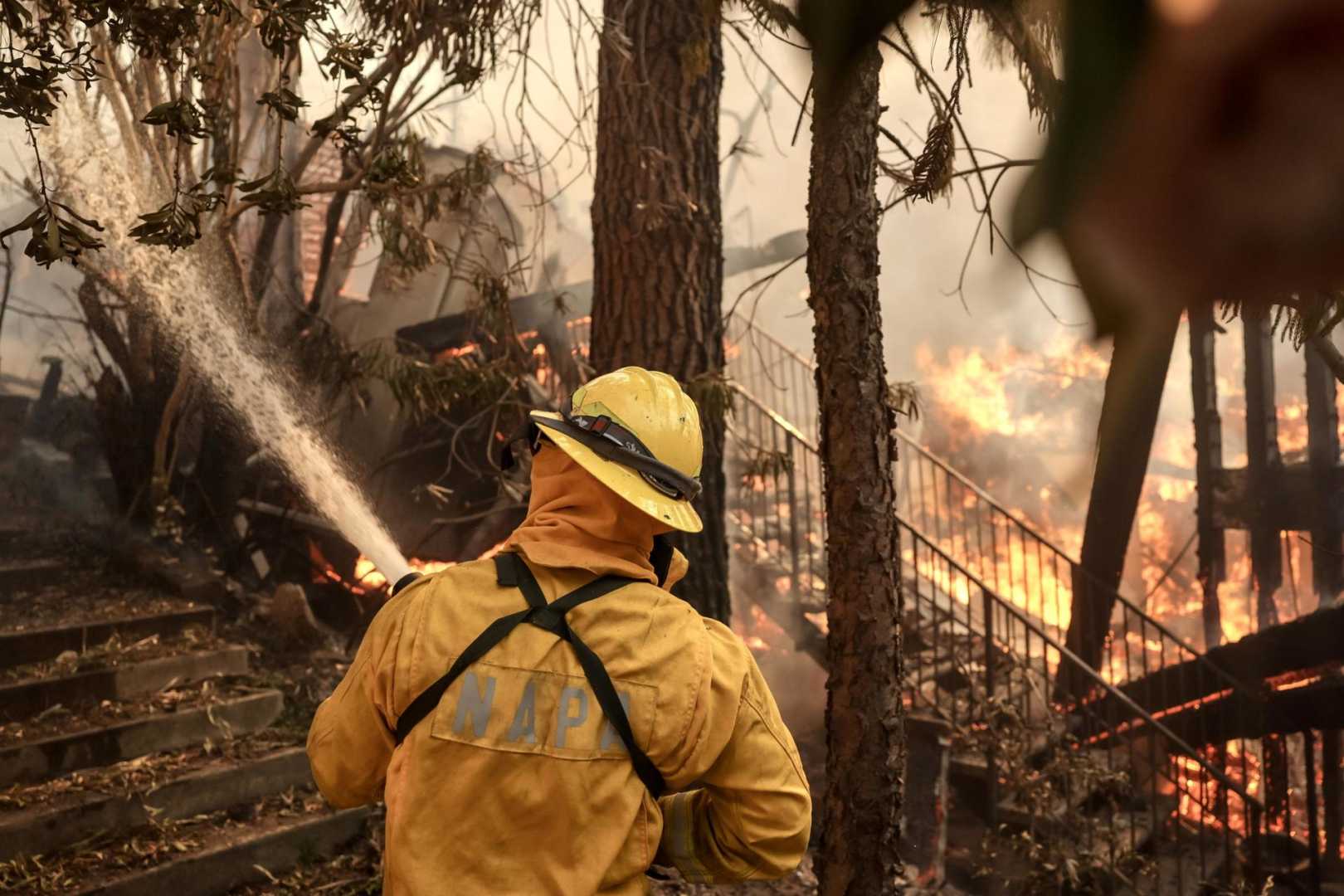News
California Wildfires Intensify Amid Climate Change, Threatening Communities

LOS ANGELES, Calif. — A series of devastating wildfires erupted across Southern California this week, fueled by extreme drought conditions and fierce Santa Ana winds. The Palisades Fire, which ignited in the Pacific Palisades neighborhood of Los Angeles on Jan. 7, 2025, has destroyed over 1,000 homes, forced the evacuation of 10,000 households, and claimed five lives. Simultaneously, three other fires—the Eaton Fire in Altadena, the Sylmar Fire in the San Fernando Valley, and the Sepulveda Basin Fire—have compounded the crisis, leaving much of Los Angeles County under smoke advisories.
California’s wildfire season, once confined to late summer and fall, has become a year-round threat due to climate change. The state now experiences 78 more annual “fire days” than it did 50 years ago, according to fire officials. Drought-stricken vegetation, combined with unpredictable weather patterns, has created conditions ripe for catastrophic blazes. “Nothing is as it was,” said Ken Pimlott, former director of Cal Fire. “Even areas that were once considered safe are now vulnerable.”
The Palisades Fire, driven by wind gusts nearing 100 mph, has been particularly destructive. Firefighters have struggled to contain the flames as they spread rapidly through coastal communities. “This is one of the most challenging fires we’ve faced in recent years,” said Eric Thayer, a firefighter on the front lines. “The intensity and speed are unlike anything we’ve seen before.”
Climate change has also altered the behavior of wildfires in Northern California, where dense rainforests once protected by fog and mist are now succumbing to flames. A 2022 state audit revealed that inadequate forest management and the increasing frequency of lightning storms have exacerbated the crisis. “We’re seeing more lightning-caused fires, which are harder to predict and control,” said a Cal Fire spokesperson.
The financial toll of these disasters is staggering. Cal Fire’s budget for fire protection and prevention has surged from $800 million in 2005-06 to $3.7 billion in 2021-22. Homeowners in fire-prone areas face skyrocketing insurance premiums, with some companies refusing to renew policies altogether. “The cost of living in California is becoming untenable for many residents,” said Lloyd Dixon, a researcher at the RAND Corporation.
Efforts to mitigate the risk include stricter building codes, utility company wildfire prevention plans, and public safety power shutoffs. However, a recent report to the California Legislature found that some utility plans were “seriously deficient,” raising concerns about accountability. “We need to do more to protect our communities,” said Governor Gavin Newsom, who declared a state of emergency in March 2019 to expedite forest management projects.
As California grapples with the escalating wildfire crisis, residents are urged to create defensible spaces around their homes and invest in fire-resistant materials. “The age of fire is here,” said Julie Cart, an environmental reporter for CalMatters. “Adapting to this new reality is not just a choice—it’s a necessity.”












